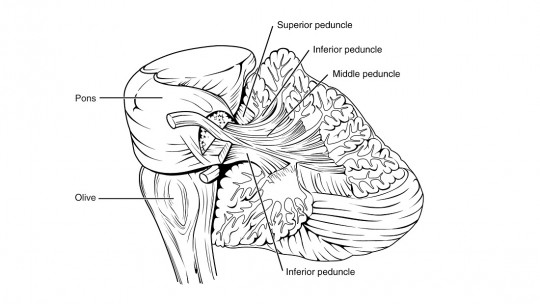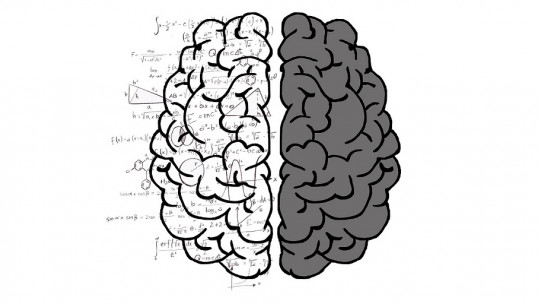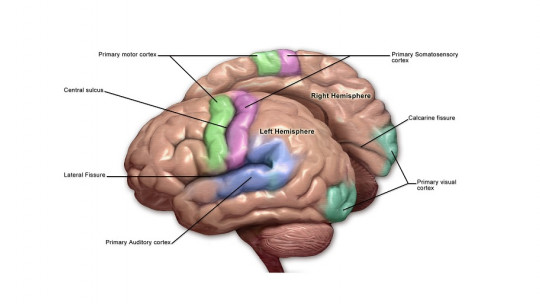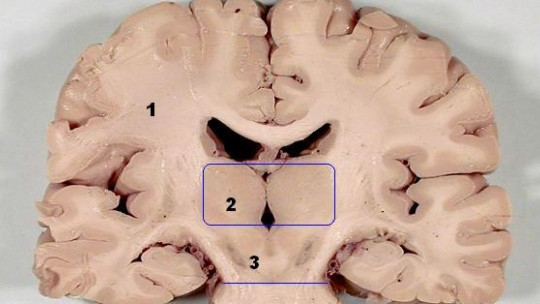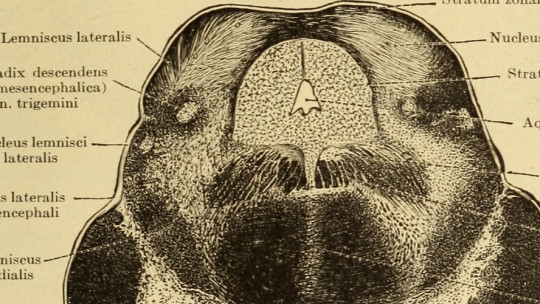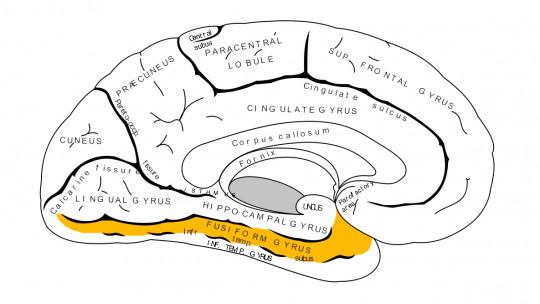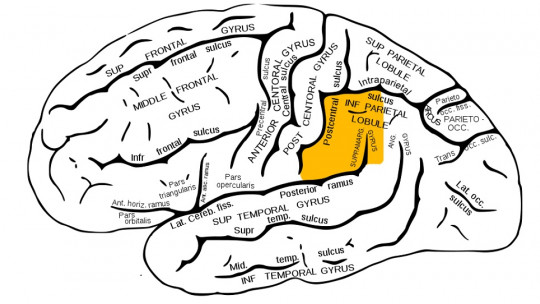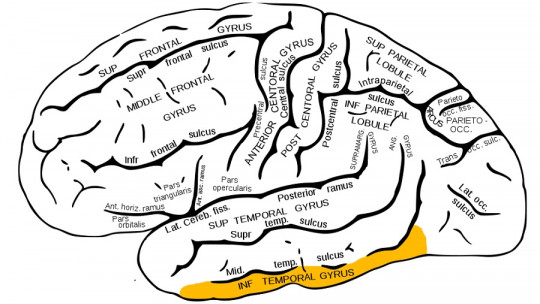
The midbrain is a part of the brain that is essential for the homeostasis of our body and for our survival.
Inside we can locate the pretectum, an area involved in unconscious visual processing and related to automatic processes such as the oculomotor reflex or REM sleep.
In this article we explain what the pretectum is, where it is located and how this brain region is structured In addition, the main functions it performs are explained, and an example of one of the most common disorders after injury to this area of the brain.
Pretectum: definition, location and structure
The pretectal area or pretectum is a brain region located in the midbrain, a structure that joins the brainstem to the diencephalon. This area is part of the subcortical visual system and has reciprocal connections with the retina. It is made up of several highly interconnected cores.
The tectum is located in the midbrain, a structure located in the posterior part, composed of two superior and two inferior colliculi. The pretectum is located in the anterior part of the superior colliculus and posterior to the thalamus (relay center for sensory information that goes to the cerebral cortex), and on the periaqueductal gray matter and the nucleus of the posterior commissure.
Although it has not been possible to clearly delimit them, The seven nuclei of the pretectum each receive a name with their respective region ; The five primary nuclei are: the olivary pretectal nucleus, the nucleus of the optic tract, the anterior nucleus, the medial nucleus, and the posterior nucleus. In addition, two additional nuclei have been identified: the pretectal commissural area and the posterior limits.
Although these last two nuclei have not been studied in the same way as the five primary nuclei, research has shown that the two additional nuclei receive connections from the retina, suggesting that they would also play a role in the processing of visual information. To clarify this, below we will see what functions the pretectal nuclei perform.
Features
The pretectum is part of the subcortical visual system and the neurons in this structure respond to varying intensities of illumination Cells of the pretectal nuclei are primarily involved in mediating unconscious behavioral responses to acute changes in light.
In general, these responses include the initiation of certain optokinetic reflexes, although, as we will see later, the pretectum also participates in other processes such as the regulation of nociception (the encoding and processing of potentially harmful or painful stimuli) or sleep. REM.
1. The photomotor reflex
The photomotor reflex or pupillary light reflex occurs when the pupil of the eye responds to light stimuli, increasing or decreasing its diameter. This reflex is mediated by several of the nuclei of the pretectum, particularly the olivary pretectal nucleus, which receive light level information from the ipsilateral retina through the optic tract.
The pretectal nuclei gradually increase their activation in response to increasing levels of illumination, and this information is transmitted directly to the Edinger-Westphal nucleus, which is responsible for transmitting nerve impulses and sending the signal to the pupillary sphincter, through the ganglion. ciliary, so that pupillary contraction occurs.
2. Tracking eye movements
The pretectal nuclei, and in particular the nucleus of the optic tract, are involved in the coordination of eye movements during slow eye tracking. These movements allow the eye to closely follow a moving object and catch up with it after an unexpected change in direction or speed.
Direction-sensitive retinal neurons located in the nucleus of the optic tract, provide information on horizontal displacement errors in the retina through the inferior olive. In daylight, this information is detected and transmitted by neurons that have large receptive fields, while parafoveal neurons with small receptive fields do so in darkness or darkness.
It is in this way that the nucleus of the optic tract is able to send error information to the retina to guide eye movements. In addition to its role in maintaining such eye movements, the pretectum is activated during optokinetic nystagmus in which the eye returns to a central, forward-facing position after an object that was being tracked moves out of the field of vision. .
3. Antinociception
The anterior pretectal nucleus participates in the active reduction of the perception of painful stimuli or antinociception Although the mechanism by which the pretectum alters the body’s response to these stimuli is still unknown, research suggests that the activity of the ventral anterior pretectal nucleus includes cholinergic and serotonergic neurons.
These neurons activate descending pathways that synapse in the spinal cord and inhibit nociceptive cells in its dorsal horn. In addition to its direct antinociceptive mechanism, the anterior pretectal nucleus sends projections to brain regions that, through connections in the somatosensory cortex, regulate pain perception. Two of these regions that the pretectum is known to project are the zona incerta (a nucleus of the subthalamus) and the posterior nucleus of the thalamus.
Various studies have found that the dorsal anterior pretectal nucleus more significantly decreases the perception of brief pain, while its ventral part would do so in cases of chronic pain. Due to its role in reducing chronic pain, it has been suggested that abnormal activity of this pretectal nucleus may be involved in central neuropathic pain syndrome.
4. REM sleep
When it comes to rapid eye movement sleep or REM sleep, Research suggests that multiple pretectal nuclei could be involved in the regulation of this type of sleep and other similar behaviors. It has been suggested that the pretectum, together with the superior colliculus, may be responsible for causing non-circadian alterations in REM sleep-related behaviors.
Animal studies, specifically albino rats, have shown that the pretectal nuclei that receive information from the retina, particularly the nucleus of the optic tract and the posterior pretectal nucleus, are partly responsible for initiating rapid eye movement sleep.
The discovery of the existence of projections from the pretectum to several thalamic nuclei involved in cortical activation during REM sleep, specifically to the suprachiasmatic nucleus which is part of a regulatory mechanism of this type of sleep, would support this last hypothesis.
The pretectal syndrome
Pretectal syndrome, also called Parinaud syndrome or dorsal mesencephalic syndrome, refers to a set of clinical signs and symptoms that include alterations in ocular motility and whose main cause is the involvement of the pretectum and other adjacent brain areas.
This syndrome causes alterations in ocular motility, both externally and internally. The most common signs are the following:

